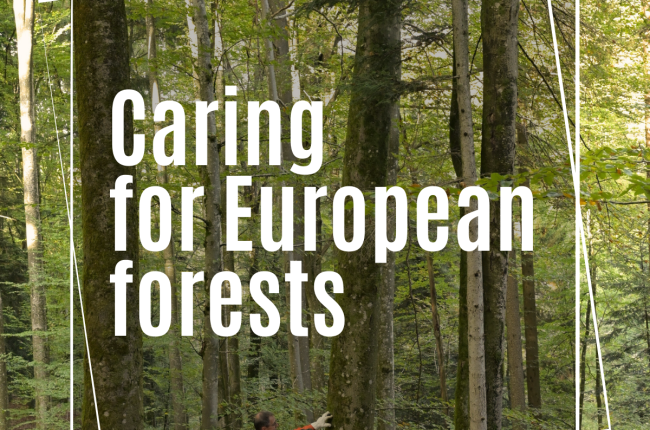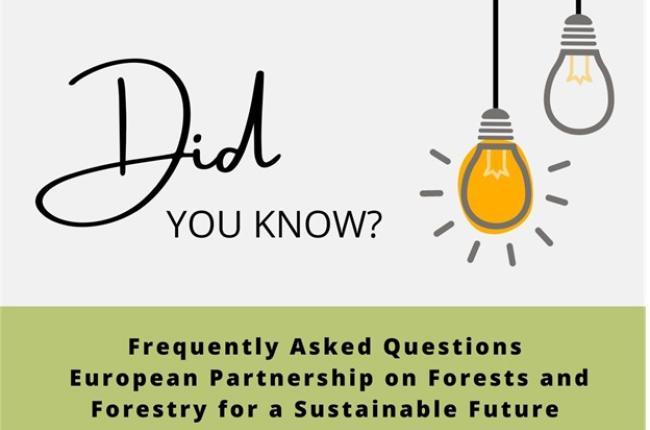The comprehensive annual report published by the JRC reflect on the previous fire season. Among its key findings the report presents that in 2022, nearly 900.000 ha of land burned in the EU. That approximately corresponds to the size of Cyprus or twice the size of Belgium, which makes the 2022 the second-worst year since monitoring through the European Forest Fire Information System (EFFIS) began in 2000. The worst fire season recorded was 2017 with 1.3 million ha of burned land.
Spain, Portugal and Italy are reported as the most affected EU countries in terms of burnt area.
The report also highlights the severe consequences of wildfires on the Natura 2000 network.. Approximately 43% of the total burnt area in 2022 was located within this network. Moreover, the burnt land within Natura 2000 protected areas reached its highest level in a decade.
Furthermore, the report reflects on known figures of the current fire season. In 2023 so far, wildfires have already burned about 500 000 ha of natural land in the EU. This includes the largest single wildfire (Alexandroupolis, Greece) recorded in the EU, with over 96 000 ha burnt. Other critical wildfires in the EU occurred in Portugal, Spain, Italy, and Greece according to the figures from European Forest Fire Information System (EFFIS).
The report emphasizes the challenge of containing these wildfires due to their extreme temperatures, intensity and speed. Highlighting the concerning trend, the report notes that for a third year in a row, unprecedented wildfire events caused substantial environmental and economic damage in the EU, accompanied by tragic loss of lives. While most of the fires (96%) are caused by human actions, they are aggravated by increased fire danger conditions driven by climate change.
This alarming scenario serves as a warning signal of the potential consequences of global warning, as rising temperatures and increased droughts intensify throughout Europe.
The report stresses the urgency of preventive measures targeting all sectors of the population, including rural stakeholders in direct contact with natural areas, and residents living in the wildland-urban interface (WUI), where built settlements are either inside or adjacent to wildland vegetation. It concludes that the most of the fires occur in the WUI, as they are caused by human actions, and simultaneously have the most significant impact on populations residing in high wildfire risk areas.
For more information please see :
Report: Forest Fires in Europe, Middle East and North Africa 2022
European Commission press release
European Forest Fire Information System (EFFIS)





